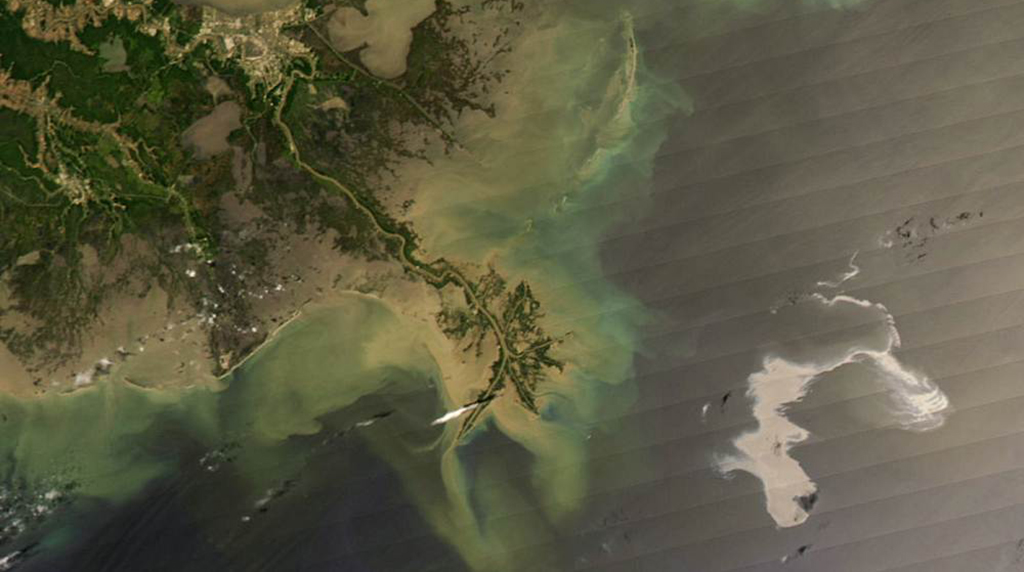May 19, 2016
The most recent paper from ECOGIG researchers out of Georgia Tech provides new insights on the processes that drive transport and mixing of pollutants (such as oil) in the deep layer (below 1000m) in the Gulf of Mexico. This research helps improve the predictability potentials for models researchers would run to predict where oil might go in the event of another deepwater spill in the Gulf of Mexico.
Researchers currently have very few observations of how pollutants are transported in the deep layer (below 1000 m) in the Gulf of Mexico (or anywhere in the deep ocean). This work shows, for the first time, that transport and mixing in the De Soto Canyon region of the Gulf are different than those to the west of the Mississippi Fan, and that mixing in De Soto is reduced compared to the rest of the continental slope. Any pollutant or tracer released at 1000 m or below over the De Soto slope will not spread much and will be slowly moved to the west, while pollutant or tracers released to the west of the Fan will spread much more quickly both horizontally and vertically over the whole continental slope. Had the Deepwater Horizon site been to the west of the Fan, the oil would have spread much more efficiently. This research shows that the presence of a relatively confined deepwater oil plume from the Deepwater Horizon accident was a direct result of the location of the wellhead.
The full text of this paper "Submesoscale currents in the northern Gulf of Mexico: deep phenomena and dispersion over the continental slope" is available here.


















 back to top
back to top